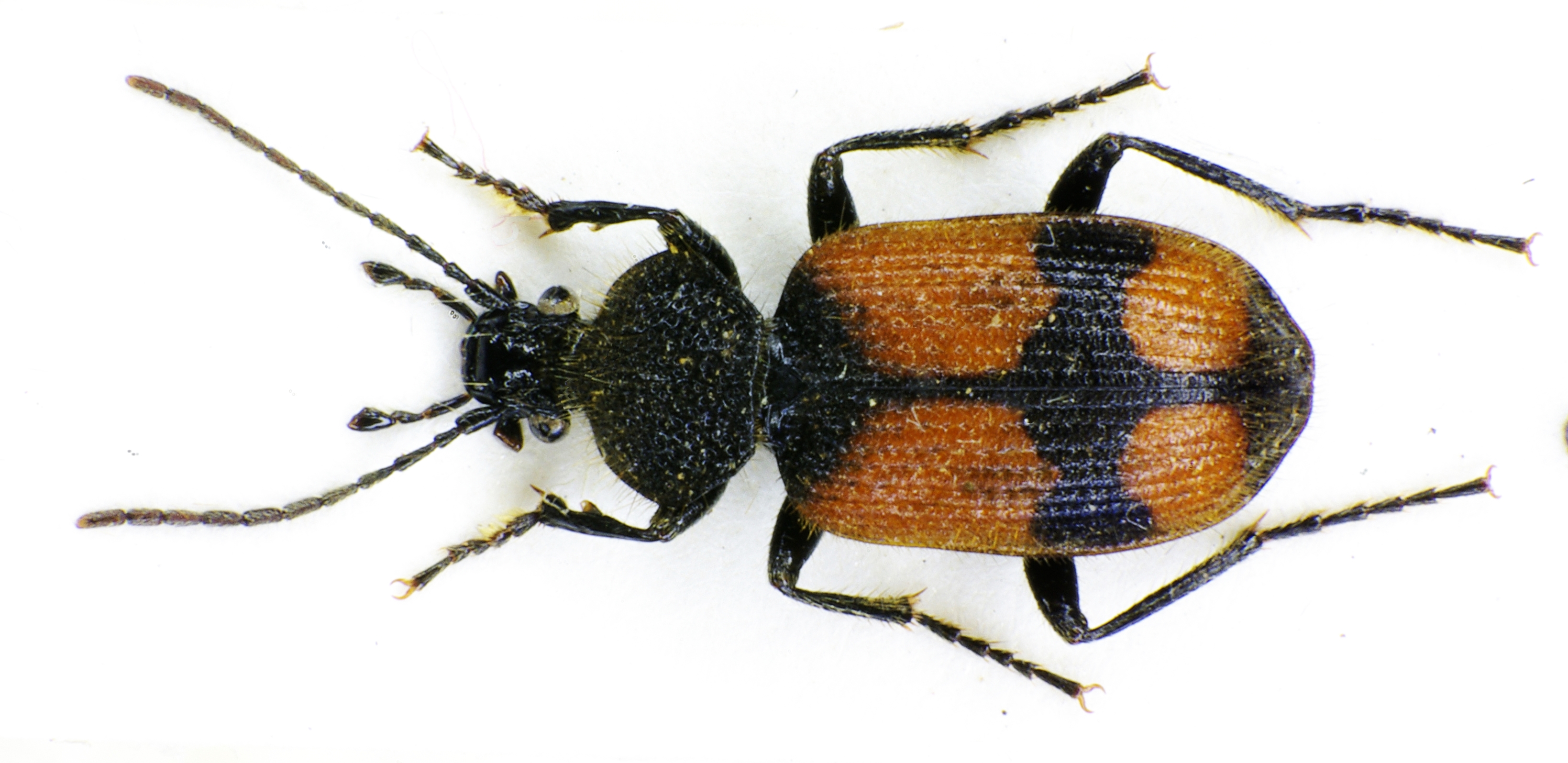|
Helluonini
Helluonini is a tribe of ground beetles in the family Carabidae. There are more than 20 genera and 190 described species in Helluonini. See also Anthiinae Anthias are members of the family Anthiadidae in the order Perciformes. The group has also been called Anthiidae or Anthiinae, but these names are preoccupied by a subfamily of ground beetles in the family Carabidae erected by Bonelli in 1813 ..., for a list of ~26 Helluonini genera and their distribution range. References Anthiinae (beetle) Articles created by Qbugbot {{AnthiinaeBeetle-stub ... [...More Info...] [...Related Items...] OR: [Wikipedia] [Google] [Baidu] |
Carabidae
Ground beetles are a large, cosmopolitan family of beetles, the Carabidae, with more than 40,000 species worldwide, around 2,000 of which are found in North America and 2,700 in Europe. As of 2015, it is one of the 10 most species-rich animal families. They belong to the Adephaga. Members of the family are primarily carnivorous, but some members are herbivorous or omnivorous. Description and ecology Although their body shapes and coloring vary somewhat, most are shiny black or metallic and have ridged wing covers ( elytra). The elytra are fused in some species, particularly the large Carabinae, rendering the beetles unable to fly. The species '' Mormolyce phyllodes'' is known as violin beetle due to their peculiarly shaped elytra. All carabids except the quite primitive flanged bombardier beetles (Paussinae) have a groove on their fore leg tibiae bearing a comb of hairs used for cleaning their antennae. Defensive secretions Typical for the ancient beetle suborder A ... [...More Info...] [...Related Items...] OR: [Wikipedia] [Google] [Baidu] |
Anthiinae (beetle)
Anthiinae is a subfamily of beetles in the family Carabidae, containing the following genera: ; Tribe Anthiini Bonelli, 1813 : '' Anthia'' Weber, 1801 (Africa and southwest Asia) : '' Atractonotus'' Perroud, 1847 (Africa) : '' Baeoglossa'' Chaudoir, 1850 (Africa) : '' Cycloloba'' Chaudoir, 1850 (Africa) : '' Cypholoba'' Chaudoir, 1850 (Africa) : '' Eccoptoptera'' Chaudoir, 1878 (Africa) : '' Gonogenia'' Chaudoir, 1844 (Africa) : '' Netrodera'' Chaudoir, 1850 (Africa) ; Tribe Helluonini Hope, 1838 : Subtribe Helluonina Hope, 1838 :: '' Aenigma'' Newman, 1836 (Australia) :: '' Ametroglossus'' Sloane, 1914 (Australia) :: '' Dicranoglossus'' Chaudoir, 1872 (Australia) :: '' Epimicodema'' Sloane, 1914 (Australia) :: '' Gigadema'' J.Thomson, 1859 (Australia) :: '' Helluapterus'' Sloane, 1914 (Australia) :: '' Helluarchus'' Sloane, 1914 (Australia) :: '' Helluo'' Bonelli, 1813 (Australia) :: '' Helluodema'' Laporte, 1867 (Australia, Indonesia, New Guinea) :: '' Helluo ... [...More Info...] [...Related Items...] OR: [Wikipedia] [Google] [Baidu] |
Anthiinae
Anthias are members of the family Anthiadidae in the order Perciformes. The group has also been called Anthiidae or Anthiinae, but these names are preoccupied by a subfamily of ground beetles in the family Carabidae erected by Bonelli in 1813. Anthias are mostly small, thus are quite popular within the ornamental fish trade. They form complex social structures based on the number of males and females and also their position on the reef itself, and are mainly zooplankton feeders. They occur in all tropical oceans and seas of the world. The first species recognized in this group was described in the Mediterranean and northeast Atlantic and was given name ''Anthias anthias'' by Carl Linnaeus in 1758. Anthias can shoal by the thousands. Anthias do school in these large groups, though they tend toward more intimate subdivisions within the school, appropriately called "harems". These consist of one dominant, colorful male, and two to 12 females — which have their own hierarchy am ... [...More Info...] [...Related Items...] OR: [Wikipedia] [Google] [Baidu] |
